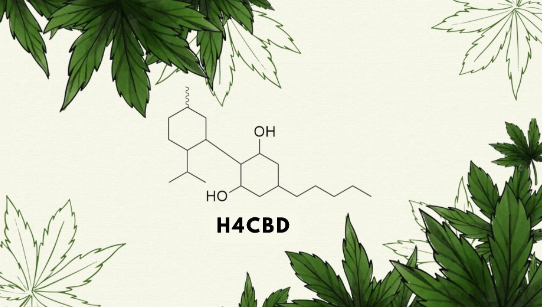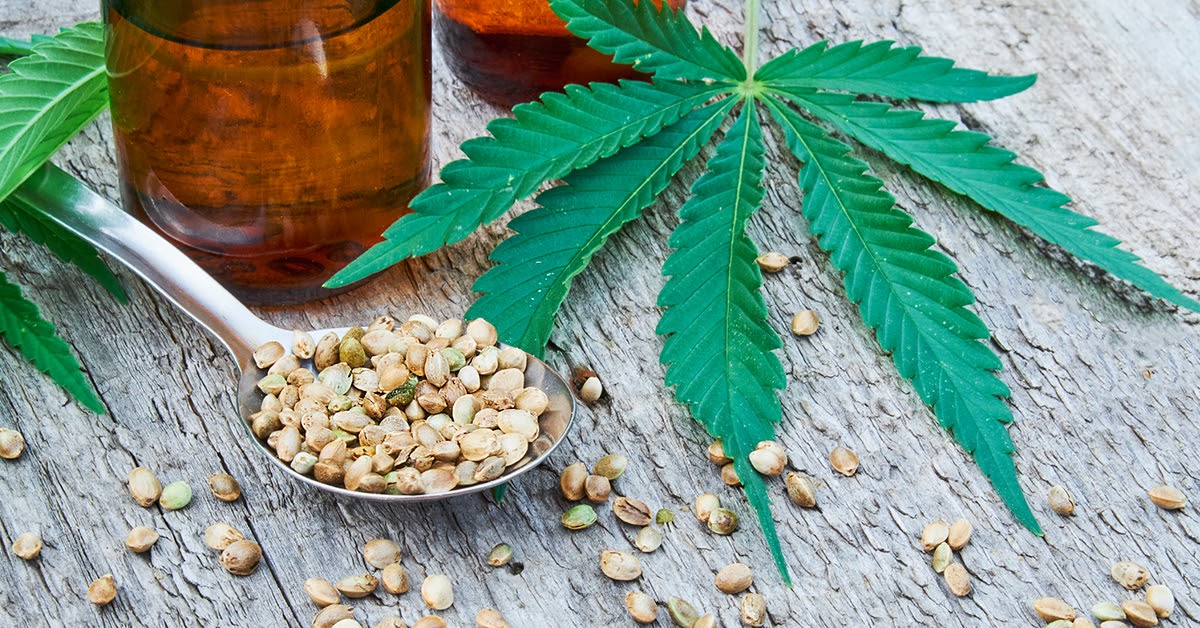Unveiling the Mysteries of H4CBD
In the ever-evolving landscape of wellness and alternative medicine, a new cannabinoid has emerged that has captivated the attention of enthusiasts and industry experts alike - H4CBD. Whispers of its potential to be a staggering 100 times more potent than traditional CBD have sparked a flurry of curiosity, leaving many wondering: what exactly is H4CBD, and how does it compare to the beloved CBD we've come to know and love?
H4CBD, or Hexahydrocannabidiol, is a synthetic cannabinoid that has been engineered through a process of hydrogenation, similar to the way margarine is produced from vegetable oil. This intricate transformation alters the molecular structure of CBD, imbuing H4CBD with unique properties that set it apart from its natural counterpart.
Exploring the Origins of H4CBD
While CBD is a direct derivative of the cannabis plant, H4CBD undergoes an artificial modification, rendering it a synthetic cannabinoid. However, this synthetic nature is not as pronounced as one might assume, as the process of hydrogenation is akin to the production of margarine - a widely accepted and commonly used food processing technique.
The origins of H4CBD can be traced back to the 1940s, when scientists first discovered the potential of hydrogenated cannabinoids. Yet, it is only in recent years that this innovative compound has captured the spotlight, riding the wave of CBD's skyrocketing popularity and the ever-growing demand for alternative therapeutic options.
Unravelling the Structural Differences
At the heart of the distinction between CBD and H4CBD lies their structural composition. While both cannabinoids originate from the same source - the Cannabis sativa plant - the process of hydrogenation sets H4CBD apart.
The transformation from CBD to H4CBD involves the addition of four hydrogen atoms to the limonene head of the CBD molecule, replacing two carbon-carbon double bonds with single bonds. This subtle yet significant alteration reshapes the inherent properties of the compound, leading to a divergence in their effects and potential applications.

Comparing the Potency and Effects
One of the most intriguing aspects of H4CBD is its purported potency. Citing a 2006 study, there is widespread speculation that H4CBD may be up to 100 times more potent than its CBD counterpart - at least in certain ways. This claim is based on the finding that hydrogenated forms of CBD demonstrated a surprisingly high affinity for the brain's CB1 neuroreceptors.
However, it's important to note that this heightened affinity, while notable, is still not as pronounced as the effects observed with THC, the primary psychoactive compound in cannabis. Additionally, the potential 100-fold increase in potency only applies to the CB1 receptors, where CBD's original influence was already quite minimal.
Anecdotal reports from H4CBD users suggest that the experience is akin to a 2:1 CBD:THC ratio, blending the familiar, non-intoxicating effects of CBD with a subtle sense of intoxication. This combination may help alleviate anxiety or enhance the overall experience, catering to those seeking a more nuanced and tailored therapeutic approach.
Navigating the Legal Landscape
The legality of cannabinoids, both synthetic and natural, remains a complex and ever-evolving landscape. The 2018 Farm Bill, which legalized industrial hemp and its derivatives, has paved the way for a more permissive environment. However, the FDA has yet to establish comprehensive regulations to guide the rapidly growing online cannabinoid industry.
In this legal grey area, H4CBD's emergence has added an additional layer of complexity. While CBD is currently the more widely available and accepted cannabinoid, the burgeoning demand for H4CBD is driving the development of a wider array of products, heralding the dawn of a new era in the hemp renaissance.
Exploring the Potential Benefits of H4CBD
As the scientific community continues to unravel the mysteries of H4CBD, a growing body of evidence suggests that this innovative cannabinoid may possess a range of potential health benefits.
Pain Management and Anti-inflammatory Properties
Research indicates that H4CBD may exhibit analgesic (pain-relieving) and anti-inflammatory properties, making it a promising candidate for the management of conditions such as arthritis, multiple sclerosis, and inflammatory bowel disease.
Neuroprotective Effects
Preliminary studies have shown that H4CBD may exhibit neuroprotective qualities, potentially offering protection for brain cells and reducing the risk of neurodegenerative diseases like Alzheimer's and Parkinson's.
Anxiety and Stress Reduction
Existing research hints at the anxiolytic (anxiety-reducing) effects of H4CBD, suggesting that it may help regulate mood and promote relaxation, offering a potential solution for individuals struggling with anxiety disorders or stress-related conditions.
Navigating the H4CBD Landscape
As the demand for H4CBD continues to grow, consumers are faced with the challenge of navigating the emerging market and identifying high-quality, reliable sources of this innovative cannabinoid.
Choosing the Right H4CBD Provider
When selecting H4CBD products, it is essential to prioritize reputable and well-established manufacturers. Look for companies with a proven track record, professional certifications, and a commitment to transparency, such as providing comprehensive lab reports to ensure purity and potency.
Exploring H4CBD Product Formats
H4CBD can be found in a variety of formats, including oils, tinctures, edibles, capsules, and even topical applications. The choice of product format often comes down to personal preference and the desired method of consumption.
The Future of H4CBD
As the scientific community delves deeper into the exploration of H4CBD, the potential for this innovative cannabinoid to revolutionize various fields, including medicine, wellness, and pharmaceutical development, continues to grow.
While the full extent of H4CBD's capabilities remains to be uncovered, the ongoing research and the burgeoning demand for alternative therapeutic options suggest that this synthetic cannabinoid may play a pivotal role in the evolving landscape of cannabinoid science and consumer wellness.
Conclusion
In the ever-expanding world of cannabinoids, H4CBD has emerged as a captivating compound that challenges our understanding of traditional CBD. With its unique structural composition, enhanced potency, and promising therapeutic applications, H4CBD represents a new frontier in the quest for innovative and effective wellness solutions.
As the scientific community continues to unravel the mysteries of this synthetic cannabinoid, consumers and industry players alike will be closely watching the unfolding story of H4CBD and its potential to redefine the boundaries of what is possible in the realm of natural medicine and alternative therapies.





![[GUIDE] CBD for Dogs & Cats - Dosage for Pets](https://www.olivastu.com/media/magefan_blog/CBD_for_Pets.jpg)